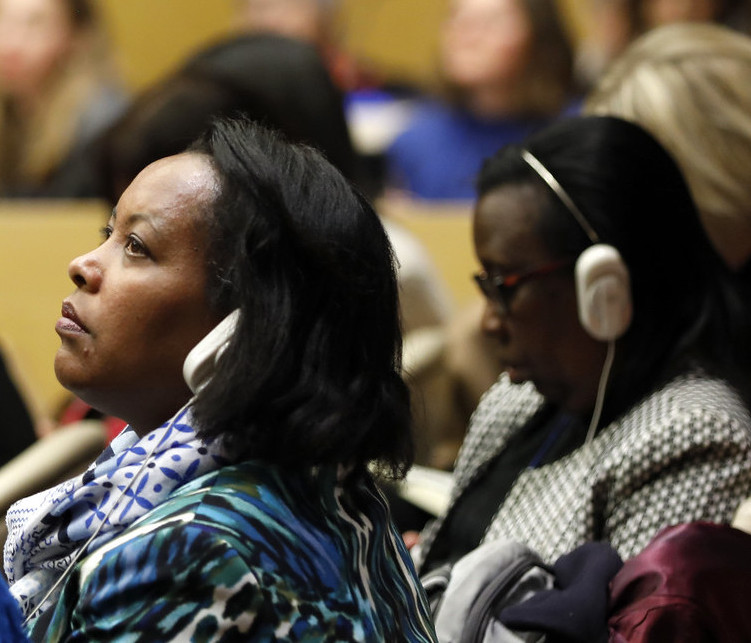Dr Matteo Galizzi shares his thoughts on why we should not forget what happened in Bergamo and discusses the lessons learnt from the early stages of the pandemic.
This is the ninth blog in the 12 Days of Global Health series
Over the years I have lived, studied or worked in Pavia, Varese, Lugano, York, Barcelona, Mannheim, Rome, Brescia, London, Durham, Paris, Lisbon, not necessarily in this order. Sometimes I genuinely find difficult to answer the question “where is ‘home’ for you?”. But if there is only one such ‘home’ for me, it would be Bergamo, in northern Italy. I was born and spent my early years in Bergamo, and my parents, family, and close friends still live there.
In 2020 it is difficult to think of Bergamo without associating it with the COVID-19 pandemic. Bergamo has been the early epicentre of the COVID-19 epidemic in Europe and the most severely affected province in the world. At the peak of the first outbreak, Bergamo counted 6,000 excess deaths compared to the mortality patterns of the previous years, with a drop in life expectancy that has not been witnessed in the area since WWII. The various current estimates range in an interval between 8,000 and 12,000 deaths in Bergamo only, which is the same total number of deaths as in some entire countries such as Canada or the Netherlands, for example. Everyone I know from Bergamo – including myself – has lost someone because of COVID-19, and their losses were often amplified by the fact that they could not be there while their parents, relatives, partners, or friends were dying alone in hospitals or ICUs. It was not just me but the entire world that watched in shock as the deaths in Bergamo became so many that military trucks had to carry the coffins for cremation to other provinces – with no funerals for their mourning families – an unprecedented scene in peace time.
Everyone I know from Bergamo – including myself – has lost someone because of COVID-19, and their losses were often amplified by the fact that they could not be there while their parents, relatives, partners, or friends were dying alone in hospitals or ICUs
Thus, I have naturally followed the tragic events in Bergamo very closely, as well as the local policy responses, and I have also been trying to help as much as I could – conditional on not being physically there to volunteer on the ground. In other blog posts with some colleagues, I have tried to reconstruct the timeline of the events and the policy responses in Bergamo, and in Italy more generally. Here, I would like to share a few thoughts on why we should not forget what happened in Bergamo.
The first reason is because the case of Bergamo clearly illustrates how late the spread of the virus was detected by public health authorities. The first official COVID-19 death in Bergamo province was recorded on 23rd February 2020, only two days after the Italian patient 1 in Codogno was diagnosed. However, it was soon realised that the virus was already present in Bergamo, with evidence showing that COVID-19 arrived in Lombardy no later than early January, and recent evidence suggesting that it was already around in September 2019. If that is the case, the Champions League football match on 19th February when 45,000 Atalanta supporters went to Milan to attend it, is likely to have been at centre of the spread of the virus.
The second reason is because the case of Bergamo epitomises how any delay in containing the spread of the virus can be tragic. At the beginning of the crisis, local decision-makers seemed to underestimate the virulence, spread and impact of the new disease, and to lack a systematic plan on how to respond to it. In the last week of February, Confindustria Bergamo (Bergamo’s influential Confederation of Business Industries) lobbied against the lockdown, setting up the campaign “Bergamo is running”, initially supported, among others, by the Major of Bergamo – who later changed his mind. Even after the severity of the situation started to become clear, the lockdown of the province (and especially of Alzano Lombardo and Nembro, the two hardest hit municipalities) was implemented only on 8th March when the whole region closed down. Delays also affected:
- the lockdown of all non-essential economic and manufacturing activities, which only happened two weeks after, on 23rd March;
- the closure of the Alzano Lombardo hospital, which likely worked to increase the spread of the virus in the area;
- the lockdown of nursing homes (RSA) to external visitors.
Judicial investigations are under way about the legal responsibilities of these delayed responses, as well as of the possible lack of an updated pandemic plan.
The third reason is because the case of Bergamo highlights how resilient can be a local health system. It is not by chance that Bergamo is one of the least affected province in this current second wave of the COVID-19. Since the beginning of the second wave about 100 people have died of COVID-19 in Bergamo in total, whereas more than 100 people died in each day at the peak of the first wave. Surely this is because the local hospitals have learned the hard way how to best treat the severe COVID-19 patients. However, it is difficult not to also acknowledge that Bergamo is arguably one of the most compliant cities in Italy to the current social distancing rules and the lockdown restrictions, with virtually everybody regularly wearing a mask, not just in public indoor spaces, but also outside.
The case of Bergamo epitomises how any delay in containing the spread of the virus can be tragic
The last, and more positive, reason, is because the case of Bergamo illustrates how formidably effective and generous can be human behaviour in an emergency. Bergamo’s later response to the emergency has been extraordinary, with healthcare staff in hospitals strenuously working around the clock to cope with the overwhelming emergency, and rapidly reorganising Bergamo’s hospital to use 64% of its entire capacity for COVID-19 patients; with retired and trainee doctors and nurses volunteering to help; with local people and NGOs donating millions of Euros to provide PPE to frontline healthcare staff, and setting up a new field hospital with 72 ICU beds in only one week.
It strikes me how little is generally learned from experiences, responses, and best practices from one epidemic to the next, or from one country to another one. I would like to do my bit so that we do not forget what we can learn from what happened in Bergamo.
The views expressed in this post are those of the author(s) and in no way reflect those of the Global Health at LSE Blog or the London School of Economics and Political Science.
Photo by Max Nayman on Unsplash





